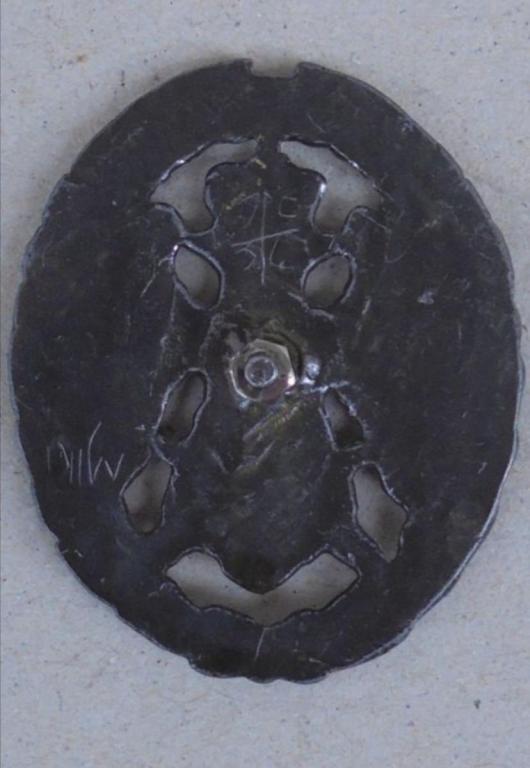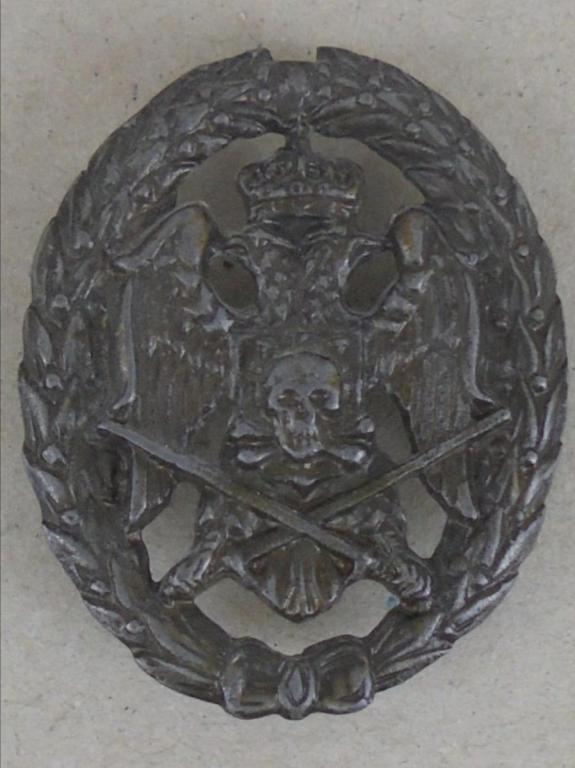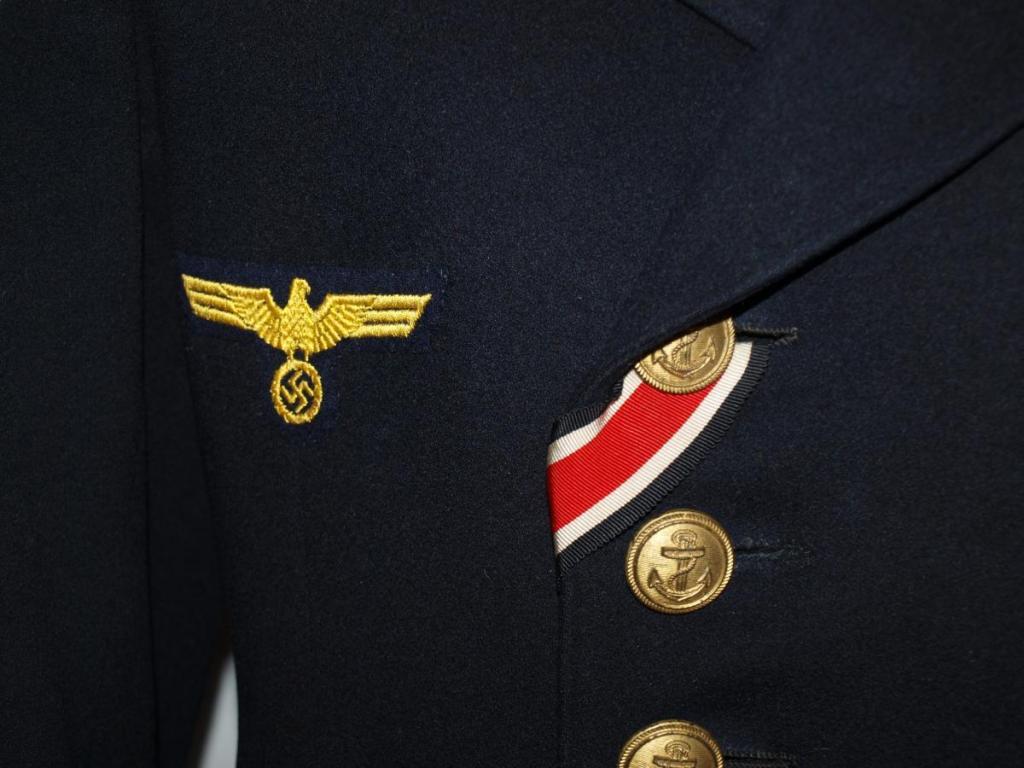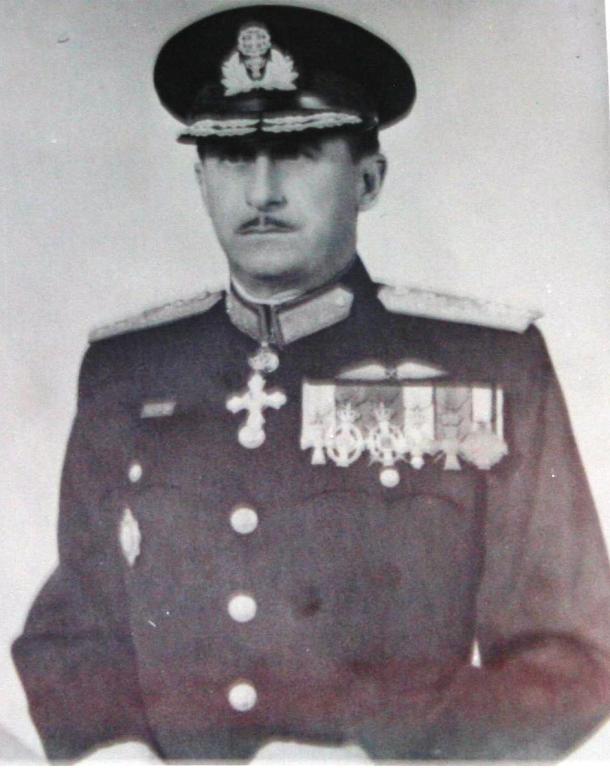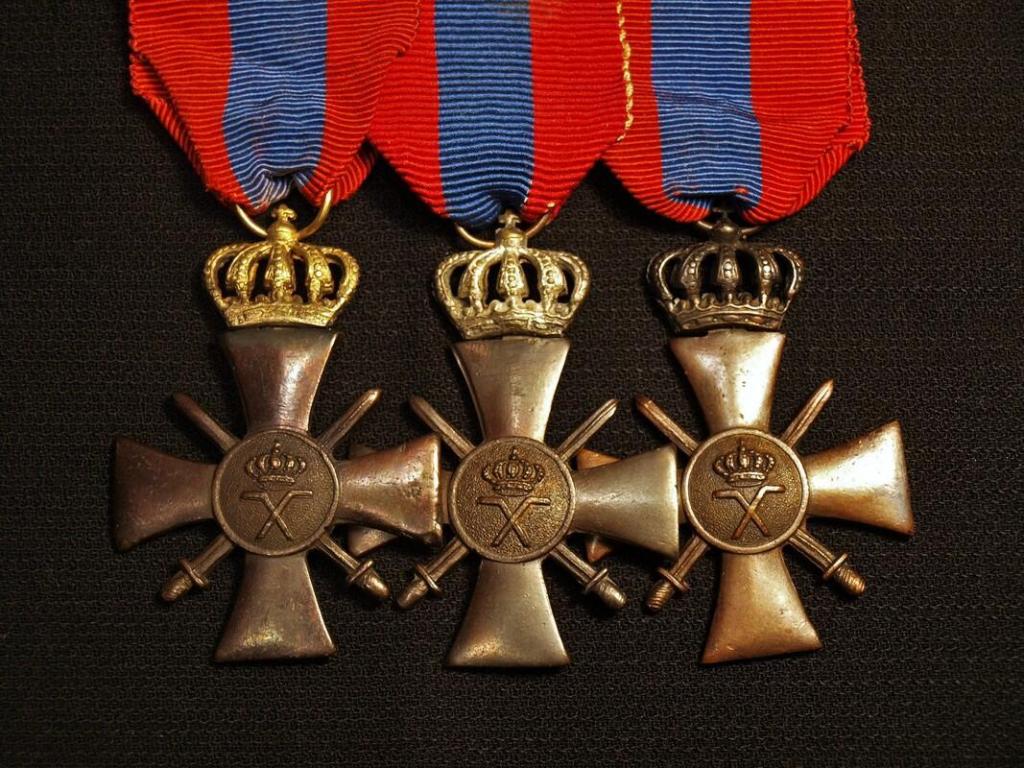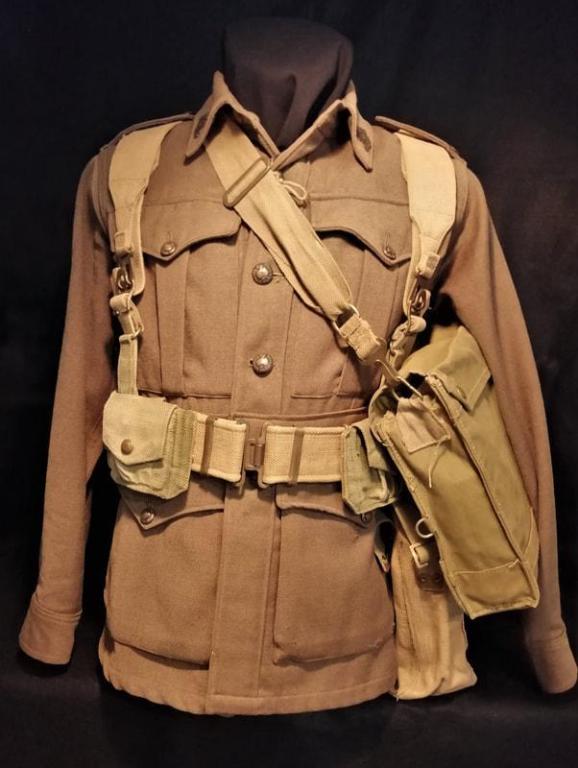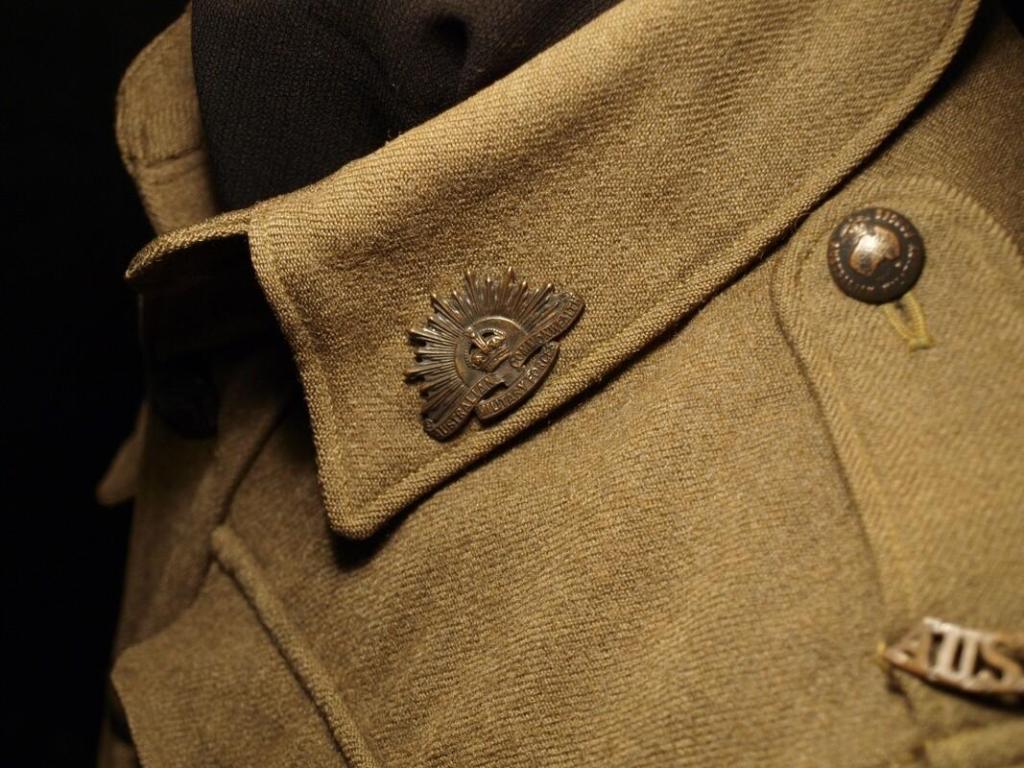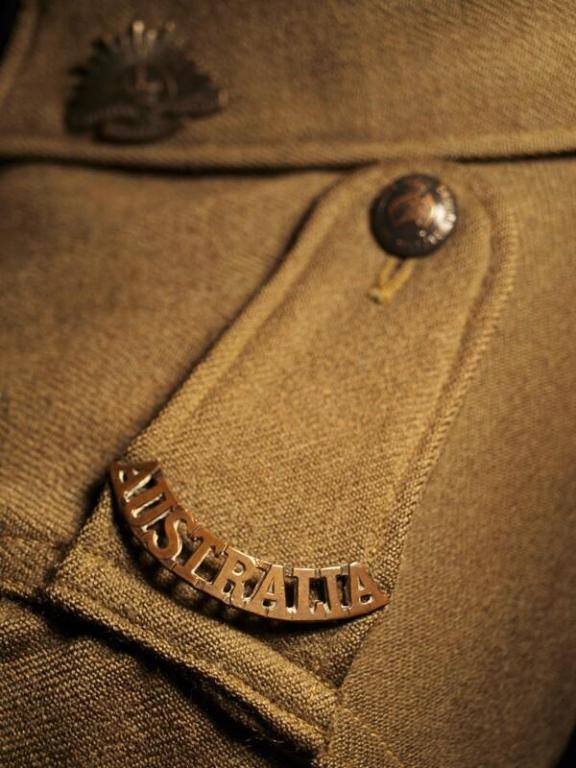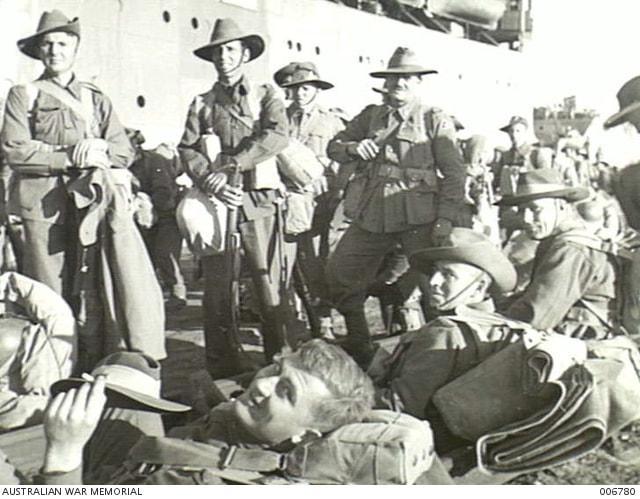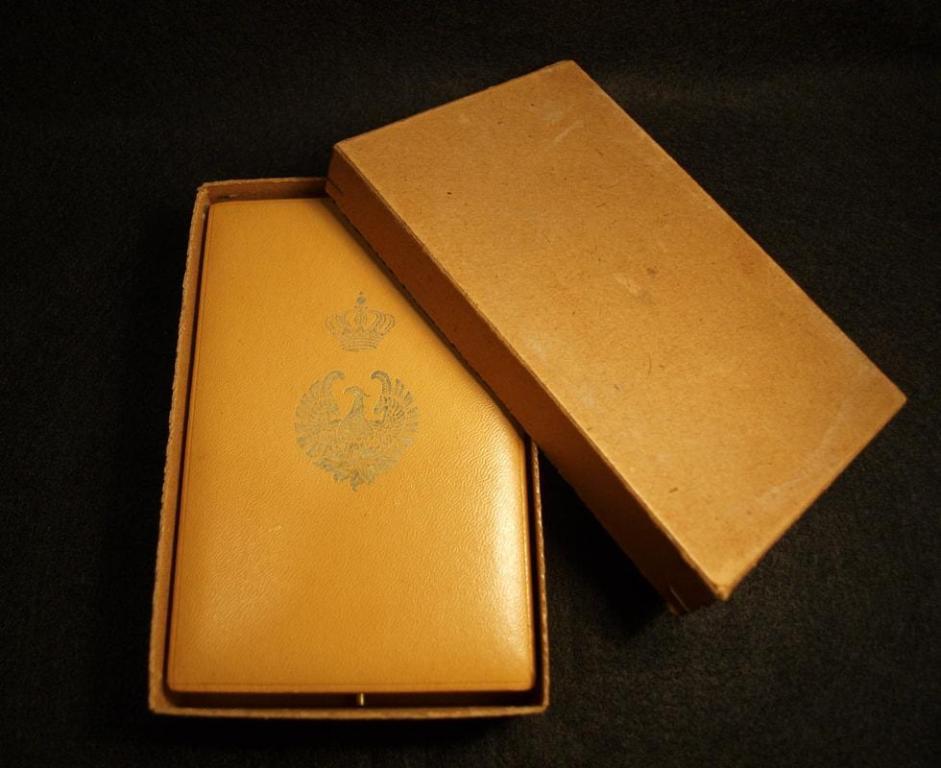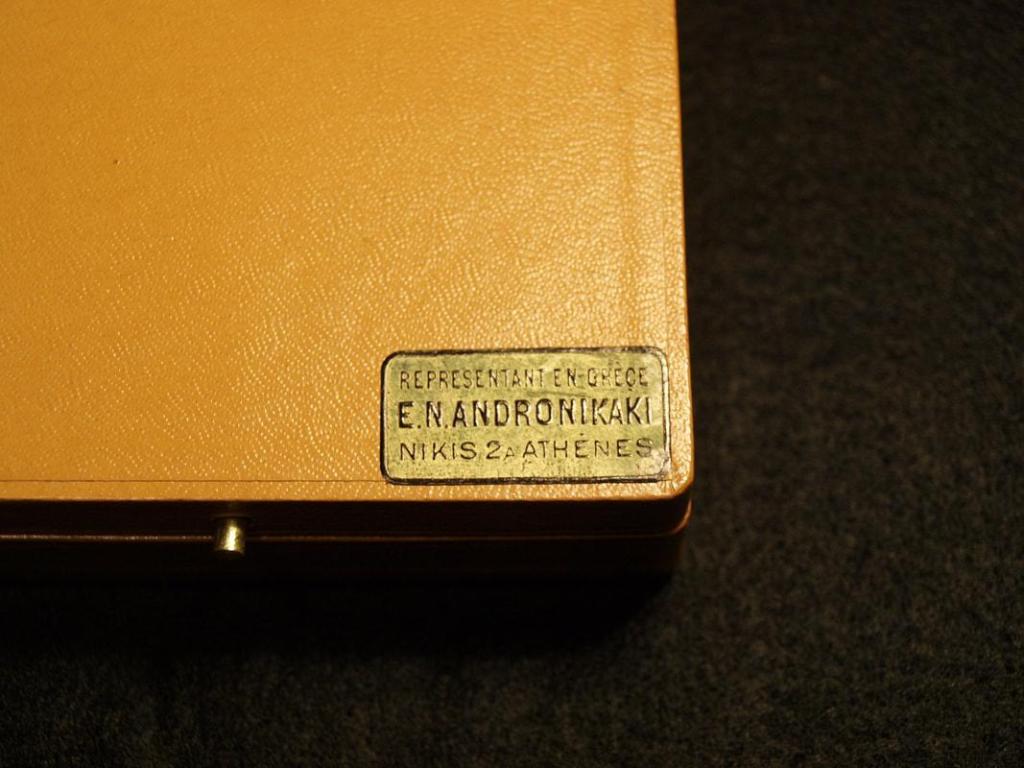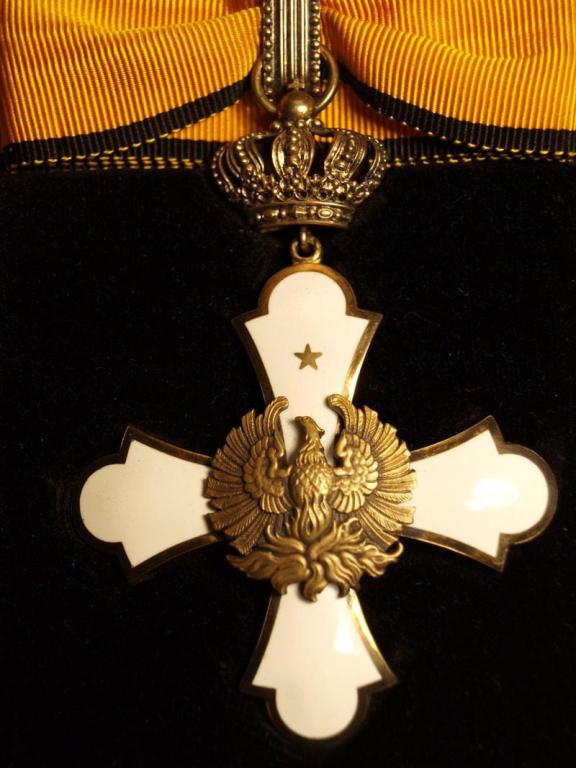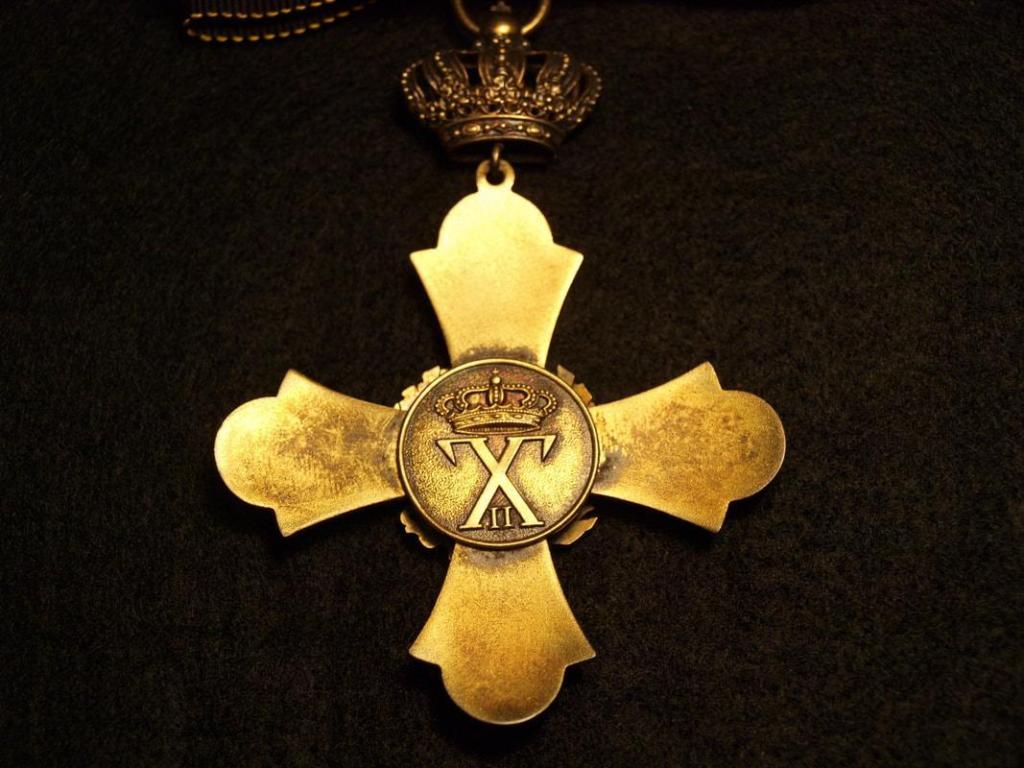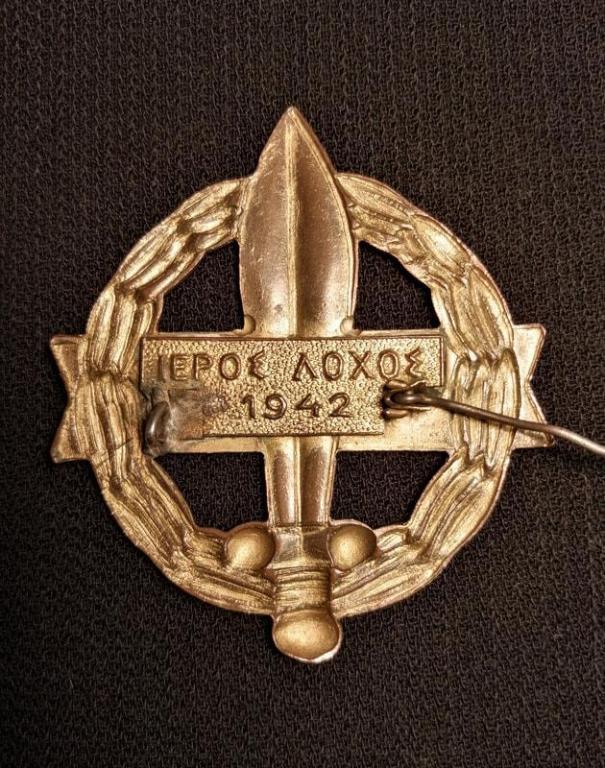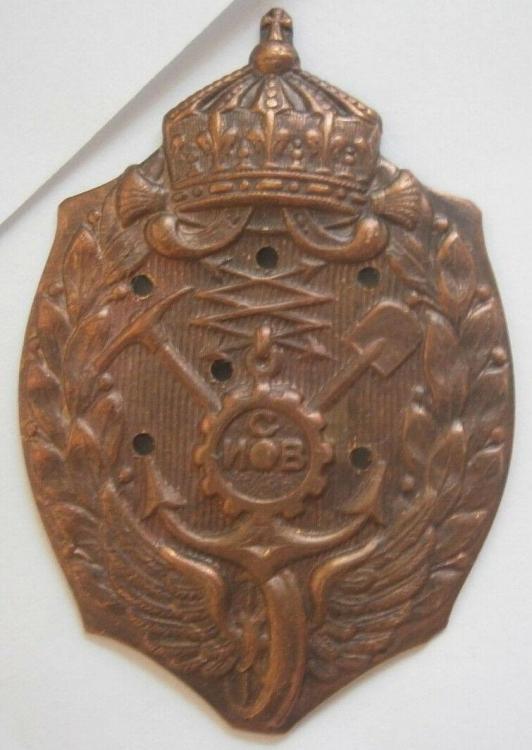-
Posts
26 -
Joined
-
Last visited
Profile Information
-
Location
Greece
Recent Profile Visitors
The recent visitors block is disabled and is not being shown to other users.
giorgos_p's Achievements
-

Serbia Serbia - Original Chetnik items
giorgos_p replied to serbman's topic in Southern European & Balkan States
Thanks for the reply! That was my feeling, too, judging by the looks of it - material, details, construction, and the screw on the reverse, but I am by no means experienced in this field. I 'll pass then! Regards, Giorgos -

Serbia Serbia - Original Chetnik items
giorgos_p replied to serbman's topic in Southern European & Balkan States
Bringing this topic back on top, what is your opinion on this - rather crude-badge? Regards, Giorgos -

Greek Order of the Phoenix, Commander
giorgos_p replied to giorgos_p's topic in Southern European & Balkan States
Thanks, BalkanCollector and Jim! Jim, the Royal Decree that instituted the Military Division used a rather vague wording regarding its award criteria. It was to be awarded to military personnel and civilians for actions that had to do with "the military, naval and airforce affairs" of the country. Practically, it was awarded for wartime service, as you said. So, calling the version without swords a "Civilian Division" would not be right, more so in the pre-1941 timeframe, when the Military one didn't exist. An older Decree regulated the number of Orders that was allowed to be awarded annually in each Class to officers and public servants, according to their rank. In that sense, both Orders of the Phoenix and King George I became some kind of "long service awards". A good example are high-ranking officers of the '60s and '70s, since their careers spanned a good number of war- and peacetime service years. In the photo below, General Zoitakis, known for his role in the Military Junta of 1967-1974. His medal bar is a prime example of "I am a General and don' t have to follow the Regulation", since he is bearing both a 3rd and 2nd Class 1940 War Cross and an "excessive" Silver Cross of the Order of George I. His Commander of the Order of the Phoenix (the one hanging lower from his buttonholes) is of the Military Division and his Grand Commader, just above it, without swords. These ones do follow the Regulation, since one was allowed to bear a lower grade of the Military Division when the higher one was without swords. His Grand Commander of the Order of George I is also without swords. One more photo of an officer, taken during the first years after 1974, with the only Order in the Military Division being the Silver Cross of the Order of George I. -
Nice medals! The 1940 War Crosses are quite an unresearched and undocumented field. The two middle ones and the one on the right belong to the only two versions found in all three classes, while the rest are only found in the 3rd class. The 1940 War Cross was instituted in November 1940 and up until 1942, it could be first awarded in any one of the three classes. So, it is possible that the ones seen in all classes are the earlier ones, possibly struck during wartime and the immediate post-war era, since the demand for those would logically be higher. After 1942, the first award could only be of the 3rd class, upgraded to the next one after three more awards, so the other versions must have been struck later, during the late '40s and early to mid-'50s. It is also interesting that the ones in the middle belong to the only version which follows the specified dimensions mentioned in the related Royal Decree: 4x4 cm from tip to tip of the cross, with the diameter of the central disk being 1.4 cm. They are also the ones shown on the award documents, irrespective of the medal version accompanying them. The one on the right also looks like the Gendarmerie versions of 1946, the latter possibly being the date of their manufacture. The one on the left is attributed to Spink and I believe that it could be a late-'40s or early-'50s issue. Below, some examples of mine. Regards, Giorgos
- 1 reply
-
1
-
Hi all, since my collection is focused on WW2 in North Africa, Italy, the Middle East and the Balkans, I wanted to put together a representative impression of an Australian soldier, as seen on photos in Alexandria, mainland Greece and on Crete in 1941. So, the - unbadged but worn- jacket is 1942 dated, while all webbing and other equipment bears dates between 1939 and 1941. At some point, I would like to add an early-dated slouch hat or australian-made Mk II, but these items don't turn up very often. Regards, Giorgos
-

Greek Order of the Phoenix, Commander
giorgos_p replied to giorgos_p's topic in Southern European & Balkan States
Hi, thanks, I 'm glad you like it. No, the card case hasn' t got any marks. -
A Commander of the Royal Order of the Phoenix, in its case and original carton box, manufactured by Rudolf Souval, and awarded during the 1935-1940 period. It should be noted that during this timefrime no military division existed, so this version was awarded to both civilians and military officers alike. The military division, which was instituted on February 15, 1941, was also to be awarded to civilians for their contribution in times of war and not strictly reserved for officers. Last, the royal cypher of George II was not replaced by the one of Paul until 1949, that is two years after his death. Regards, Giorgos
-
One of the latest additions to the collection, a badge of the Greek Sacred Band. A struck, textbook example, which has had its c-shaped catch broken off and replaced with a wire-made one. Regards, Giorgos
-

A few old WW2 photos
giorgos_p replied to Marku Vickers's topic in Southern European & Balkan States
Thanks for the photos! A very interesting chapter of WW2 history, indeed. I would also like to see more photos. Are there any close-up ones of the para qualification wings? Regards, Giorgos -

WW2 Greek National Resistance Medal & badge
giorgos_p replied to Shots Dave's topic in Southern European & Balkan States
Hi Dave, the first medal is the one instituted in 1948 and awarded well into the 1960s. Four different variations are known to exist. The second one is the 1982 version, mainly awarded to the members of EAM/ELAS. Regards, Giorgos -

Bulgarian badge Identification
giorgos_p replied to giorgos_p's topic in Central & Eastern European States
Thank you very much for your quick and really helpful reply! Regards, Giorgos -
I would like to ask for some help in identifying this badge. Judging from the crown it must be Bulgarian, but it's not something I have seen before. The "technical" concept is evident, but I couldn't find any reference to it. Is it military or of another organization? Is it WW2 or earlier? And what about the holes on it? They seem rather non-symmetrical for them to have been made by the manufacturer, so maybe drilled later? Regards, Giorgos
-
Lee, this is an interesting coincidence, but the crests I referred to, were actually the ones of families named either Clark or Clarke, and after reading a little bit more carefully, not all of them are Irish. I don't know if it is just a coincidence or if crests could have mixed elements after marriages between different families, and I surely hope I am not unnecessarily pointing at a wrong direction, but maybe you could find having a look at this book useful. https://archive.org/details/fairbairnsbookof01fair/page/n131 Regards, Giorgos



